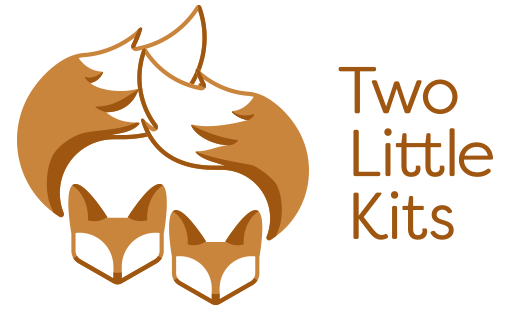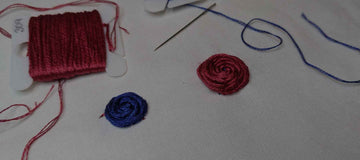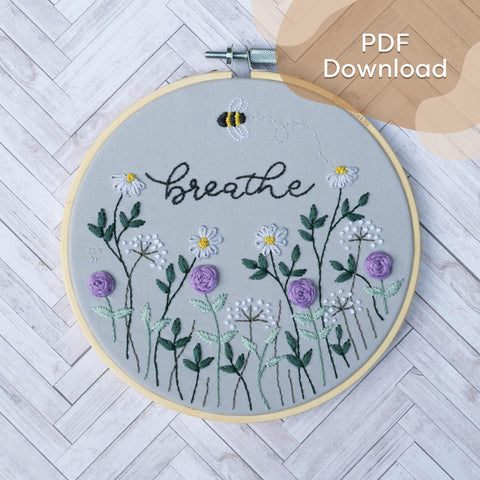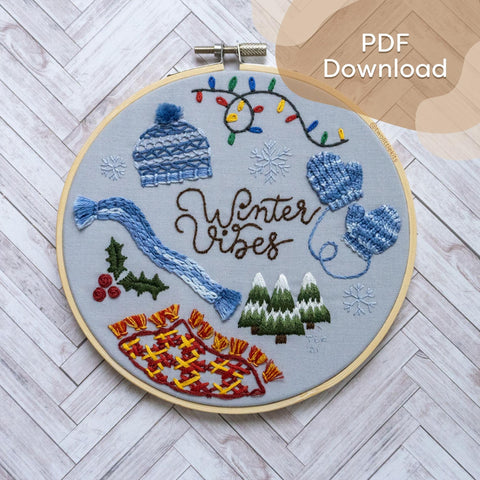
Details
- Name:
-
Woven Wheel
aka: Wagon Wheel, Wheel Stitch, Whipped Circle, Spider's Web - Difficulty:
Easy
- Structure:
Circular Composite Isolated Raised Woven
- Technique:
Crewelwork Ribbonwork Surface
- Uses:
Embellishment
Watch this video on YouTube.
Overview
The Woven Wheel Stitch is created by weaving thread around an odd number of spokes, forming a raised circular design ideal for depicting flowers.
This stitch can be used as an embellishment stitch and typically, it is worked between five straight stitches, though you can use more. Just ensure the number of straight stitches is an odd number. Usually, five or seven straight stitches are preferred. In this example, we have not left any space in the center, but you can do so to achieve a different effect.
Method
You can use a different number of spokes (I personally like using five), but it must always be an odd number.









History
This stitch is prominent in Elizabethan embroidery, as evidenced by various textiles in the Victoria and Albert Museum in London, where examples are typically stitched with silver or silver-gilt metal thread. It is also found in Hedebo work from Denmark, a whitework technique that uses woven wheels to embellish the centers of eyelets.
Projects
Here are some projects you can complete that include this stitch!
Reference: RSN Stitchbank







